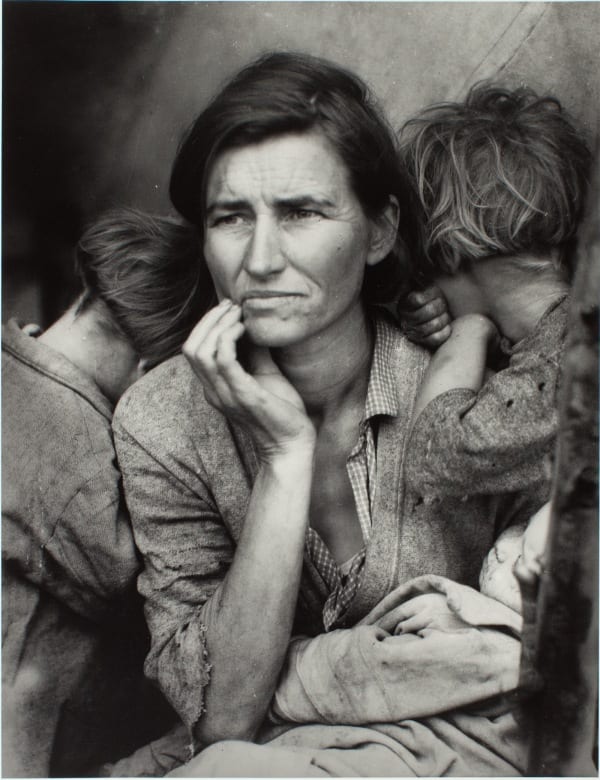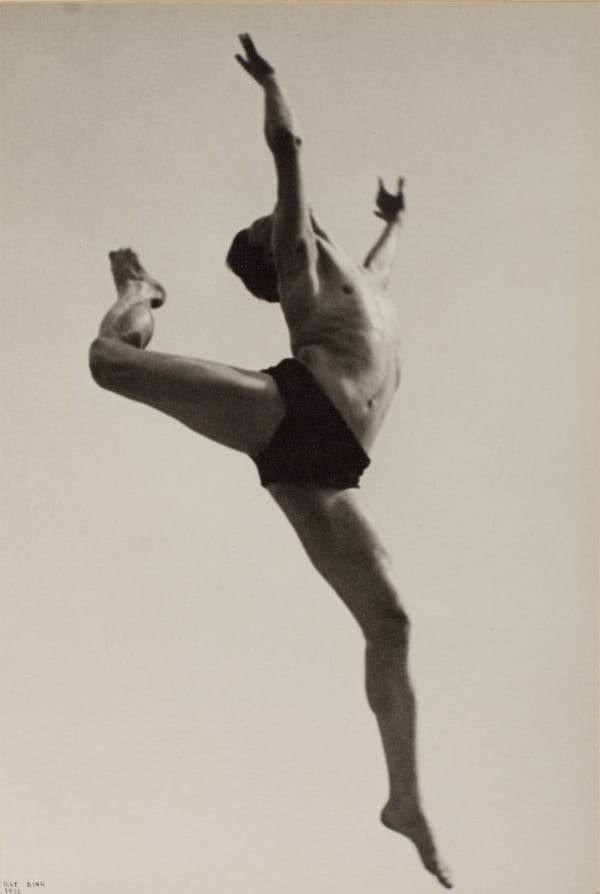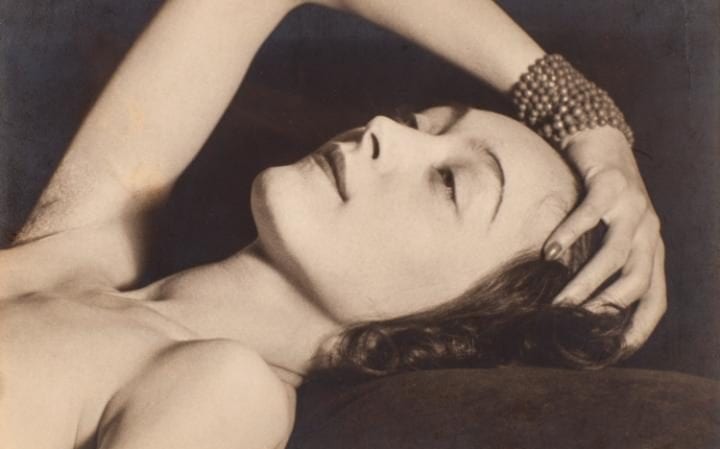Sir Elton John’s selection of classic modernist images from the 1920s to the 1950s features almost 200 works from more than 60 artists, including figures like Berenice Abbott, André Kertész, Man Ray, Alexandr Rodchenko and Edward Steichen.
The exhibition consists entirely of rare vintage prints, all created by the artists themselves, allowing the exhibition to tell the story of modernist photography in this way for the first time in the UK.

Technological advancements gave artists the freedom to experiment and test the limits of the medium and present the world through a new, distinctly modern visual language.
This exhibition reveals how the timeless genres of the portrait, nude and still life were reimagined through the camera during this period, also exploring photography’s unique ability to capture street life and architecture from a new perspective.
Featuring portraits of great cultural figures of the 20th century, including Georgia O’Keeffe by Alfred Stieglitz, Edward Weston by Tina Modotti, Jean Cocteau by Berenice Abbott and Igor Stravinsky by Edward Weston, the exhibition gives insight into the relationships and inner circles of the avant-garde.

The photographs examine how the experimentation of the era, both in the darkroom and on the surface of the print, such as Herbert Bayer’s photomontage and Maurice Tabard’s solarisation, led to a pushing of the accepted conventions of portraiture.
As life underwent rapid changes in the 20th century, photography offered a new means to communicate and represent the world. Alexandr Rodchenko, László Moholy-Nagy and Margaret Bourke-White employed the ‘worm’s eye’ and ‘bird’s eye’ views to create new perspectives of the modern metropolis – techniques associated with constructivism and the Bauhaus.

The important role of documentary photography as a tool of mass communication is demonstrated in Dorothea Lange’s Migrant Mother 1936 and Walker Evans’ Floyde Burroughs, Hale County, Alabama 1936, from the Farm Security Administration project.
The Radical Eye: Modernist Photography from the Sir Elton John Collection is at Tate Modern from 10 November 2016 until 7 May 2017.
